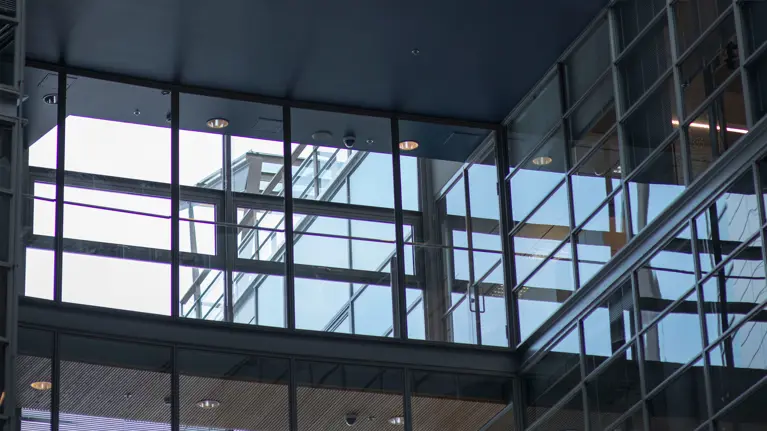
Time to decide: will waterfall, agile or devops deliver your new card platform
Decrease operational costs and achieve faster time-to market by focusing on the business and technical outcome.
In this business, you need to choose collaboration as well as a partner. By that, I mean the type of long-term collaboration you want to be involved in. Our way has always been to adjust collaborations to meet the changing of a client which is why some of our clients have been with us for over 30 years.
Don’t choose between Waterfall and Agile
When it comes to delivery, we tend to see three process management options. Firstly, there is Waterfall. This typically involves agreeing on specific objectives during the pre-study and defining dates for deliverables, implementation and go live. Secondly, we have Agile, which involves regular input on objectives and project progression based on deliverables as a moving target. Finally, there is the combination of Waterfall and Agile, which takes the best of both methods to provide flexible parameters and dedicated deliveries that focus on a business case.
Waterfall limitations
In our experience, Waterfall rarely provides the desired results in large integrations. It’s just simply not possible to get the level of detail necessary to ensure expectations are met and transparency is achieved. However, we still believe stepwise implementation is the right way forward it’s just a question of to what degree.
Agile vs productivity
Over the years we have worked in agile implementations – with dedicated development teams joining customer teams at their offices – but have found that it isn’t as effective as it could be. Daily meetings and ad-hoc communication create a backlog of work and the development process becomes slow and tiresome. Completely agile deliveries are simply not productive enough in our experience. And high productivity is what we all want.
Waterfall + Agile
So what’s the answer? We have found that to deliver the optimal results in the most effective way possible, the combination of Waterfall and Agile works best. The delivery team acts as a collaborative function between a client and the development team. Customers’ needs are interpreted and passed to our team, who can focus on delivering the best results as quickly as possible.
The end result is a process that works really well for both sides. Development on our side is Agile. Development team representatives, for example, only attend key meetings. But we still have a step by step approach which highlight any issues and ensures the quick delivery of a Minimum Viable Product (MVP).
Of course, this is all relative. The size of the project will impact the approach. A smaller development project runs fine with Waterfall. We go by a rule of thumb – if it’s under a 200 person-day project, we propose Waterfall with clearly defined and proven steps.
Pre-study Gap analysis Development Test Delivery
For projects larger than 200 person-days we recommend a mixed approach, which follows a similar process to waterfall but development is done in an agile way by a dedicated client team.
Pre-study Gap analysis Agile development in stages Test Delivery
Business based deliveries
As always the pre-study makes all the difference. Rather than focusing on a client’s existing system, we believe it’s essential to begin at the business end. We work collaboratively to evaluate the opportunities on offer from a new platform and work back to define the optimal solution necessary to deliver the optimal solution both from a technical and process perspective. Based on this we agree on the deliverable MVP. Often, success comes down to a trusting partnership between client and vendor.
DevOps
In a recent infrastructure case for a large bank with nationwide operations, we used DevOps principle of continuous integration, testing and delivery with daily standups. However, the client wasn’t involved in this, only meeting the development team when necessary. Their point of contact was the delivery team member. This process enabled the client to follow the process and adjust requirements during implementation, without impacting efficiency. The DevOps principle is the ideal complement to agile development, within a mixed delivery.
In our experience, every large project has change requests and this requires a strong change management process. Thanks to our large customer base we understand our clients’ business requirements and have built-in project processes to support changes mid delivery. A good working relationship between vendor and client is also essential for this to run smoothly.
Going from strength to strength
At the end of the day, we deliver game-changing solutions for our clients. However, we don’t have to keep reinventing the wheel to do this. We have the market-leading products and the platform, which we then tailor to meet the needs of our clients’ operations. That’s our strength and it can become yours.
Related blogs
The Fintech dilemma: how to evaluate and collaborate to bring added value to the cards business




